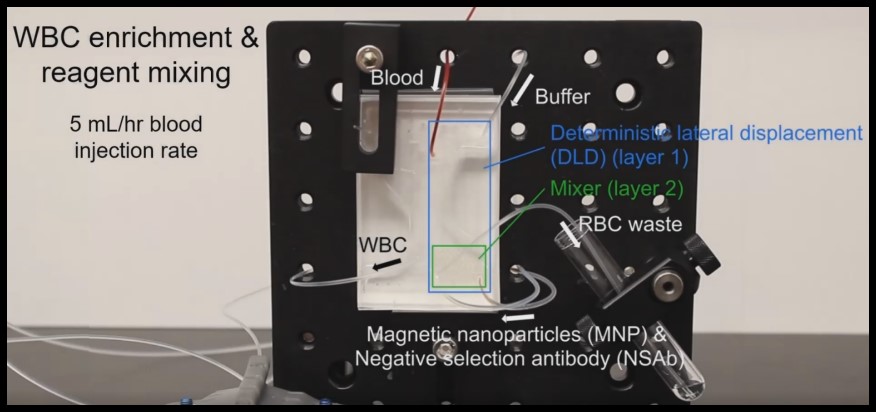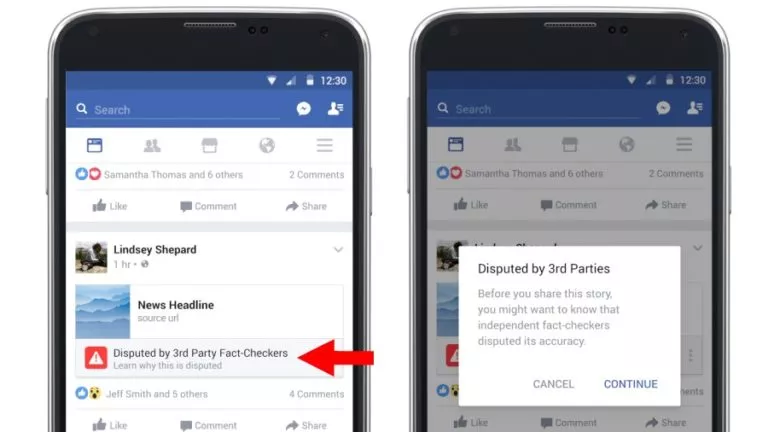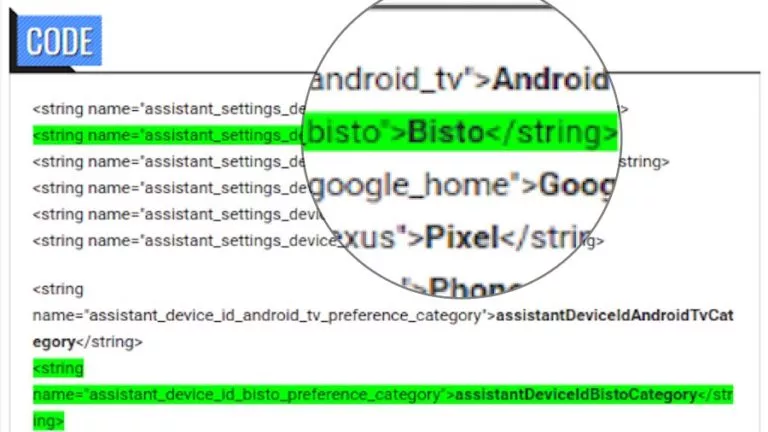Researchers Are Testing A ‘Blood Magnet’ To Speed Up Allergy Detection

Researchers at Stanford have made a groundbreaking discovery, as they isolated the rarest white blood cells in less than 10 minutes! The researchers used magnets and micro fluids to isolate the allergen-reactive and white blood cells, named ‘basophils.’
This new device could completely change the allergy diagnosis process and take it to a new level from the current painful and slow process of oral food challenges and skin tests.
Food allergy

All across the globe, the rate of food allergies is increasing, and one of the most crucial cells in studying this is basophils. These cells activate allergic responses like anaphylaxis, rashes, and inflammation.
However, these are extremely rare in a typical blood vial and make almost less than 1% of all white blood cells.
To go forward in the science of food allergies and learn more about these cells, researchers at Stanford University have focused all of their attention on the way to isolate the basophils.
In a paper published in Lab on a Chip, researchers have highlighted a microfluidic system that assists in isolating allergen-reactive basophils from blood samples. An associate mechanical engineering professor and senior author of this paper, Sindy Tang, said that the researchers’ long-term aim is to figure out how to design a better food allergy test that’s safer and correct.
“We identified the basophil activation test as the most promising one given all the data from our clinical collaborators and labs worldwide,” she said. However, she added that the current workflow does not apply to extensive clinical use.
Scientists have found out that the basophil activation test, which has existed for over a decade, is more precise than other allergy tests. But, professionals only use it in research settings at the moment.
The priority of clinician-scientists like Mary Hewitt Loveless and Stephen Galli is to perfect this test. According to them, this is the future of allergy testing, as it avoids potential adverse reactions in patients while simultaneously improving the authenticity of the results.
The Basophil Activation Test:
The test currently requires an intricate and cumbersome laboratory procedure. Researchers envision it could produce faster results with a more hands-off approach permitting clinical use. Isolating these cells from a small bloodstream is one evaluative aspect of their vision.
Researchers start with a sample of whole blood and use a combination of size-based sorting to remove red blood cells before including additives in the white blood cells. A Ph.D. student and lead author of the paper Nicolas Castaño said that they use an antibody cocktail that targets non-basophils.
Then, magnetic nanoparticles bind to those antibodies. In order to isolate the basophils, the researchers pull cells through a device that applies a magnetic field that immobilizes everything other than a basophil.
The cells move through an increasingly stronger magnetic field to guarantee that the resultant fluid has pure basophils. The purity and recovery of this test are over 95%.
Castaño hopes that in the future, they have developed a fully automated test that clinicians can use for diagnosis.






